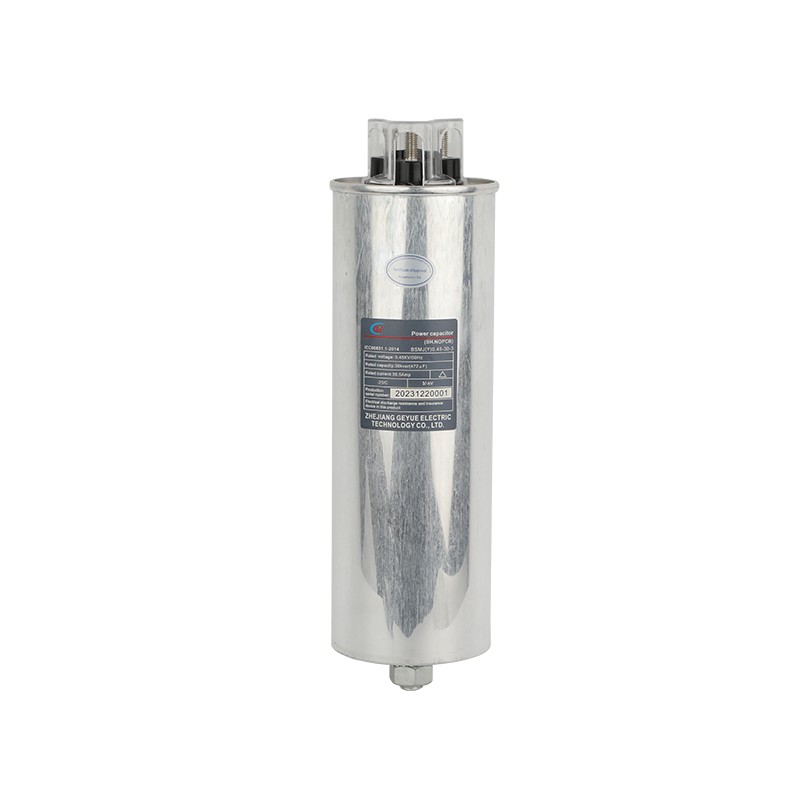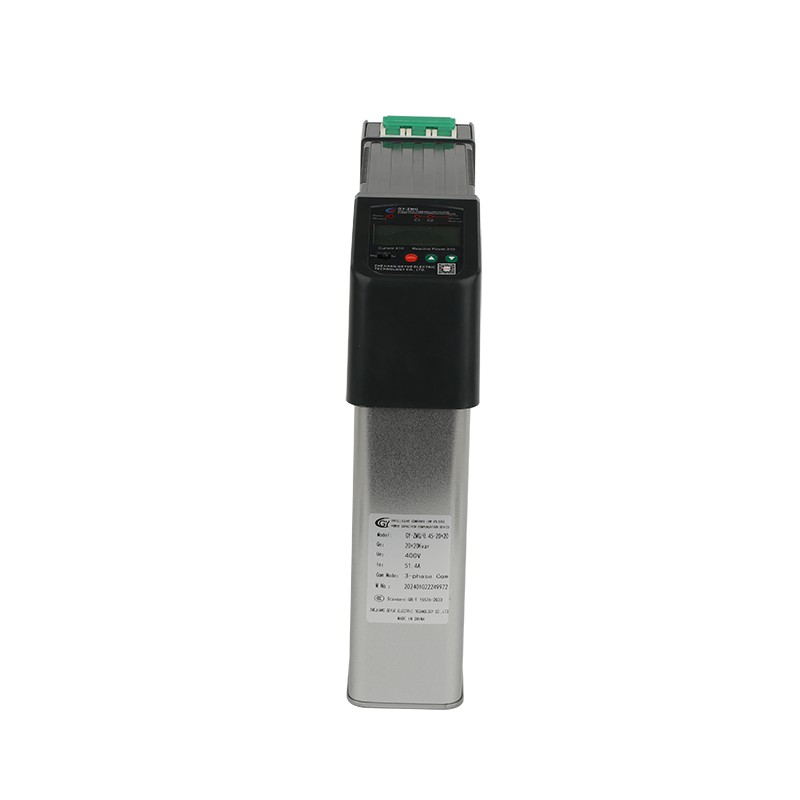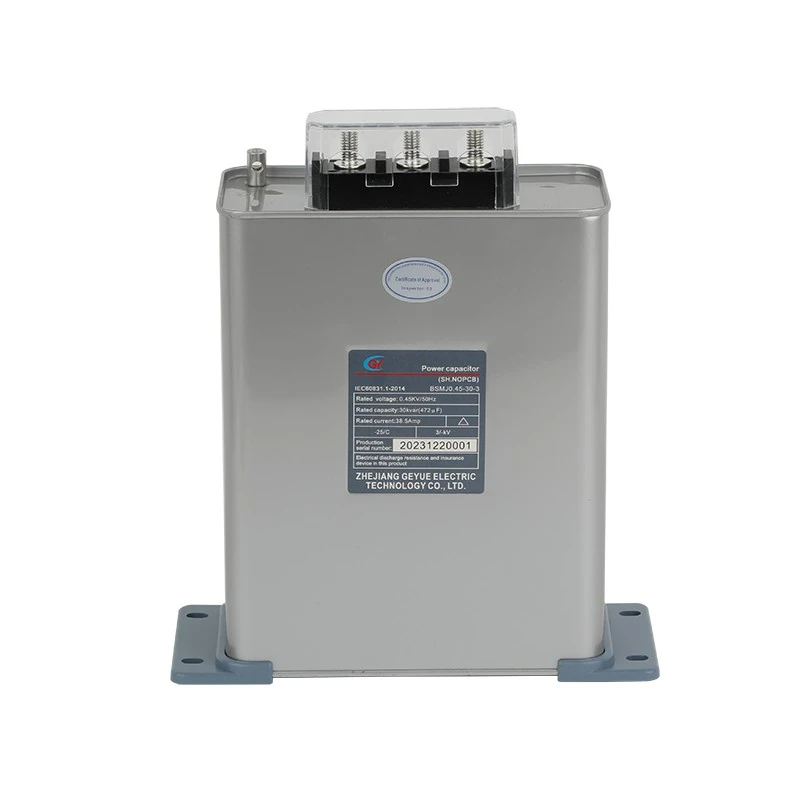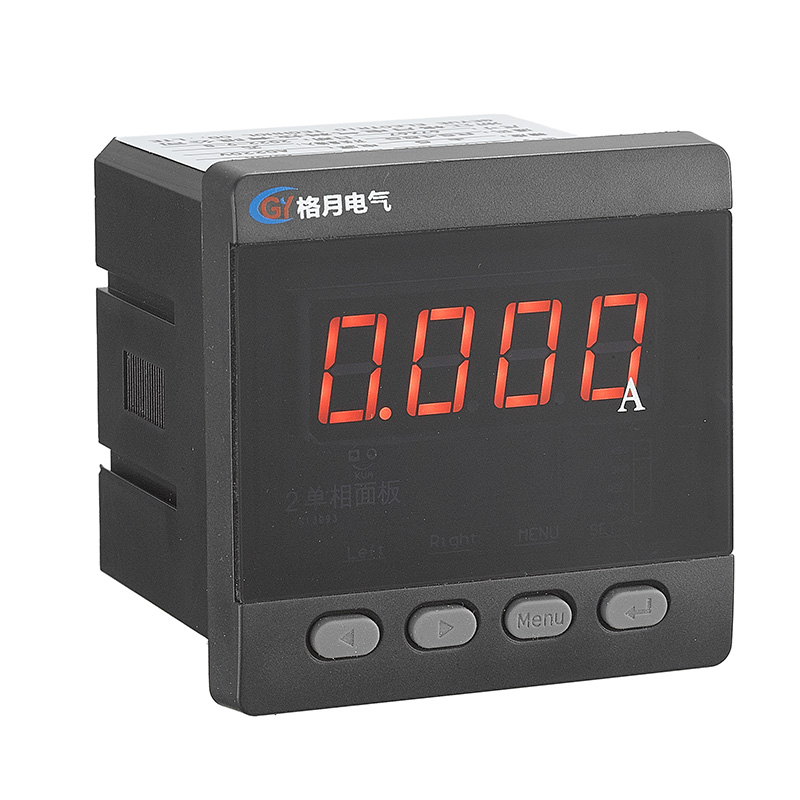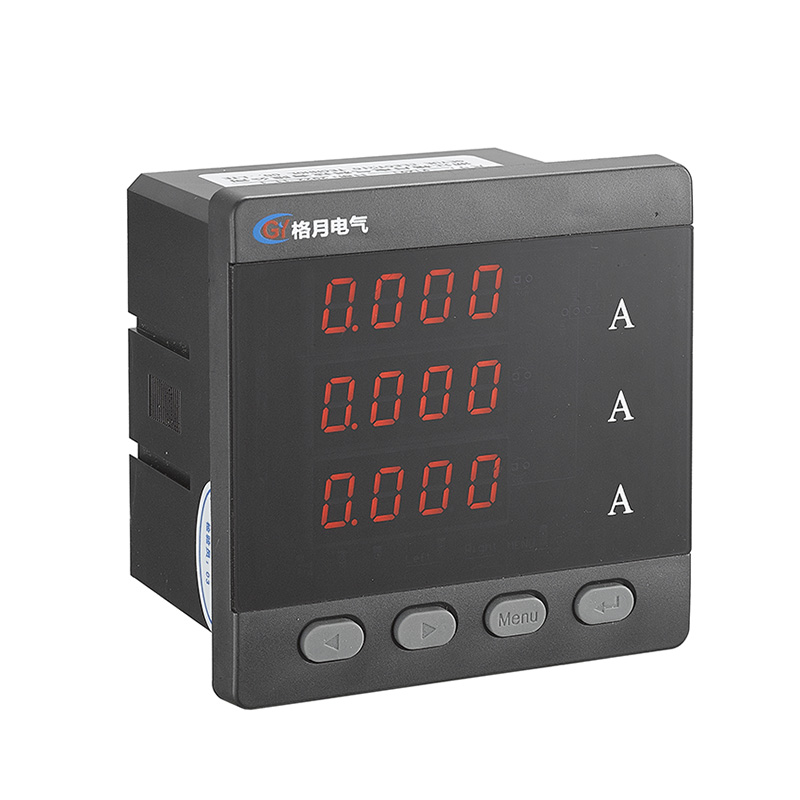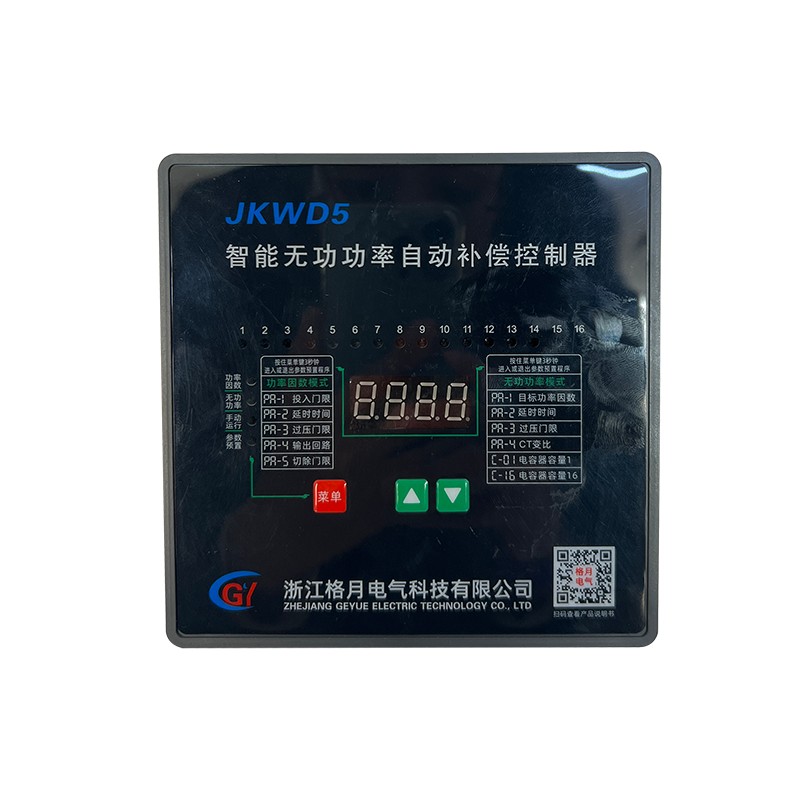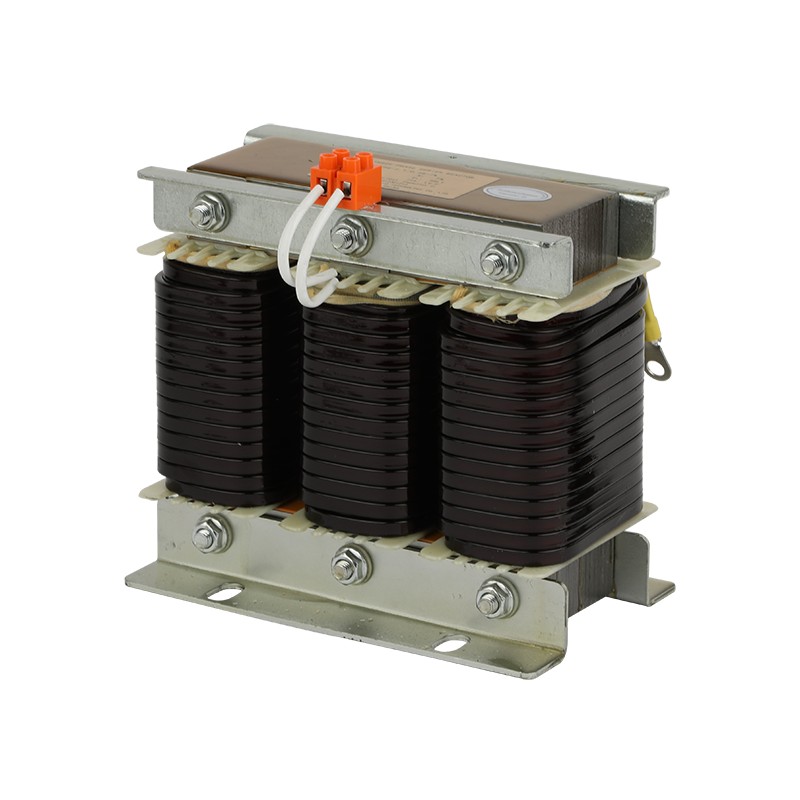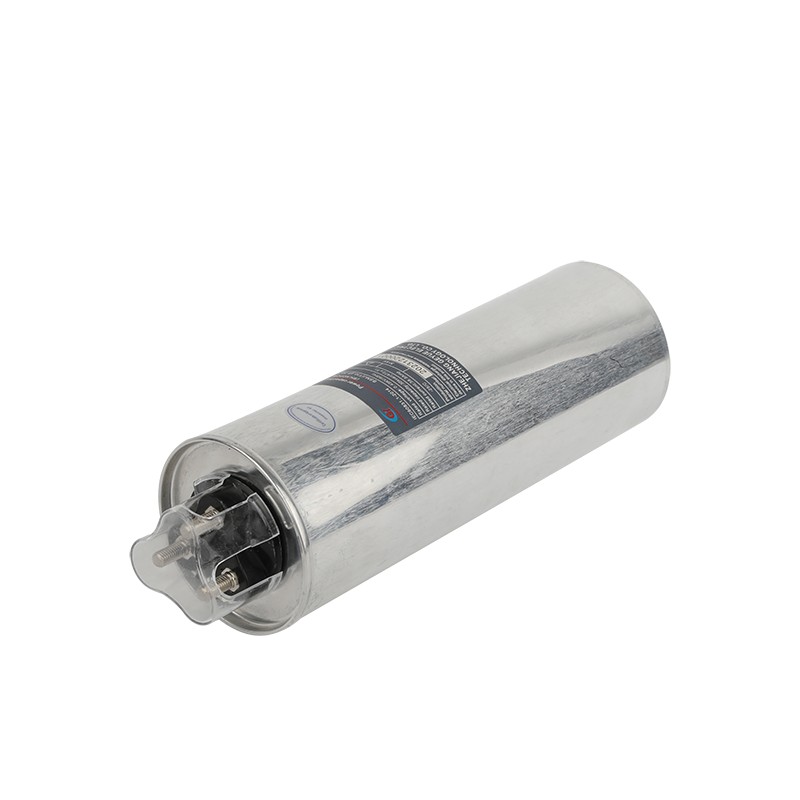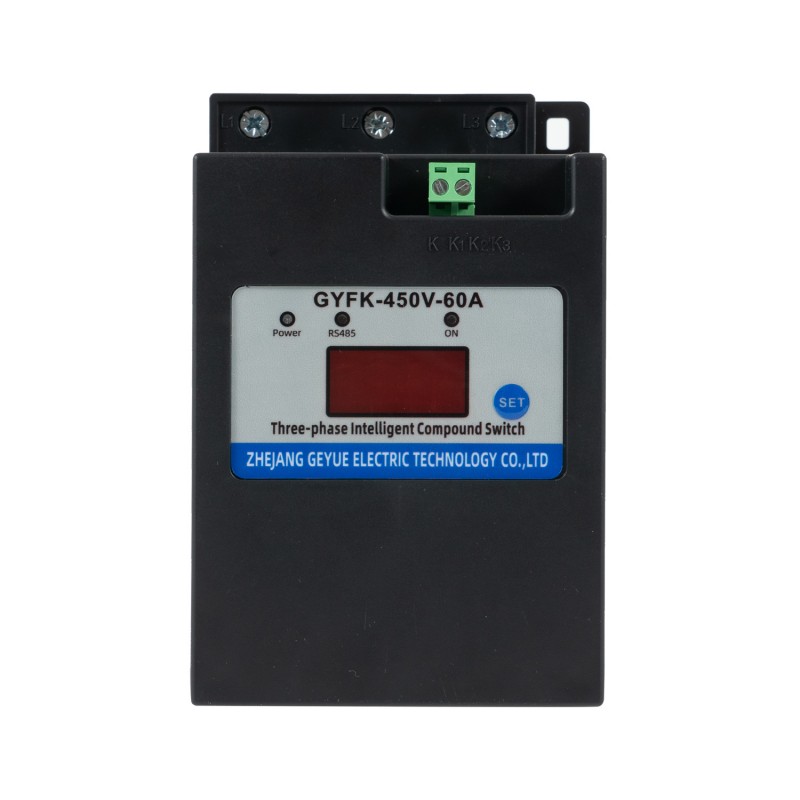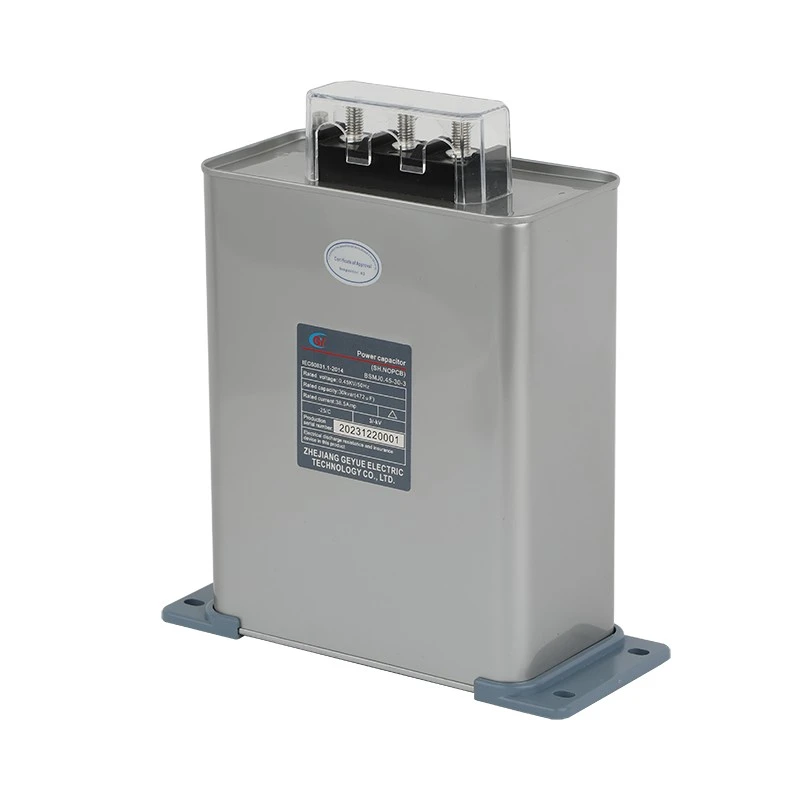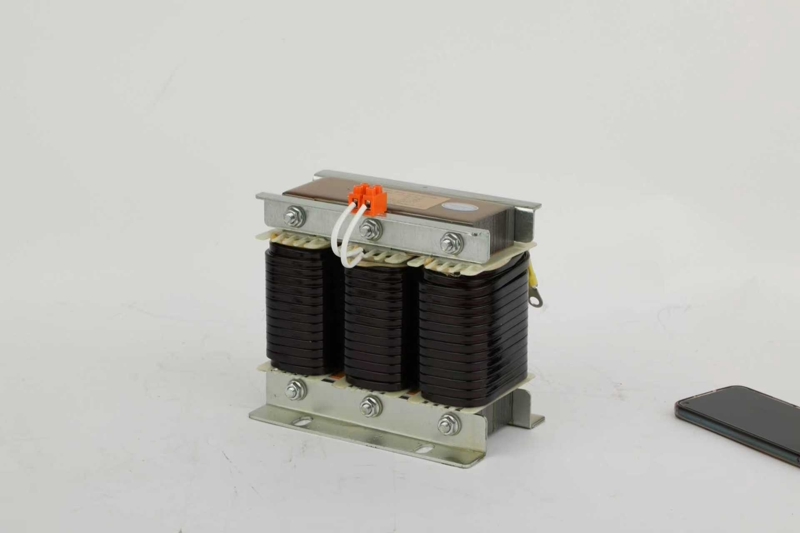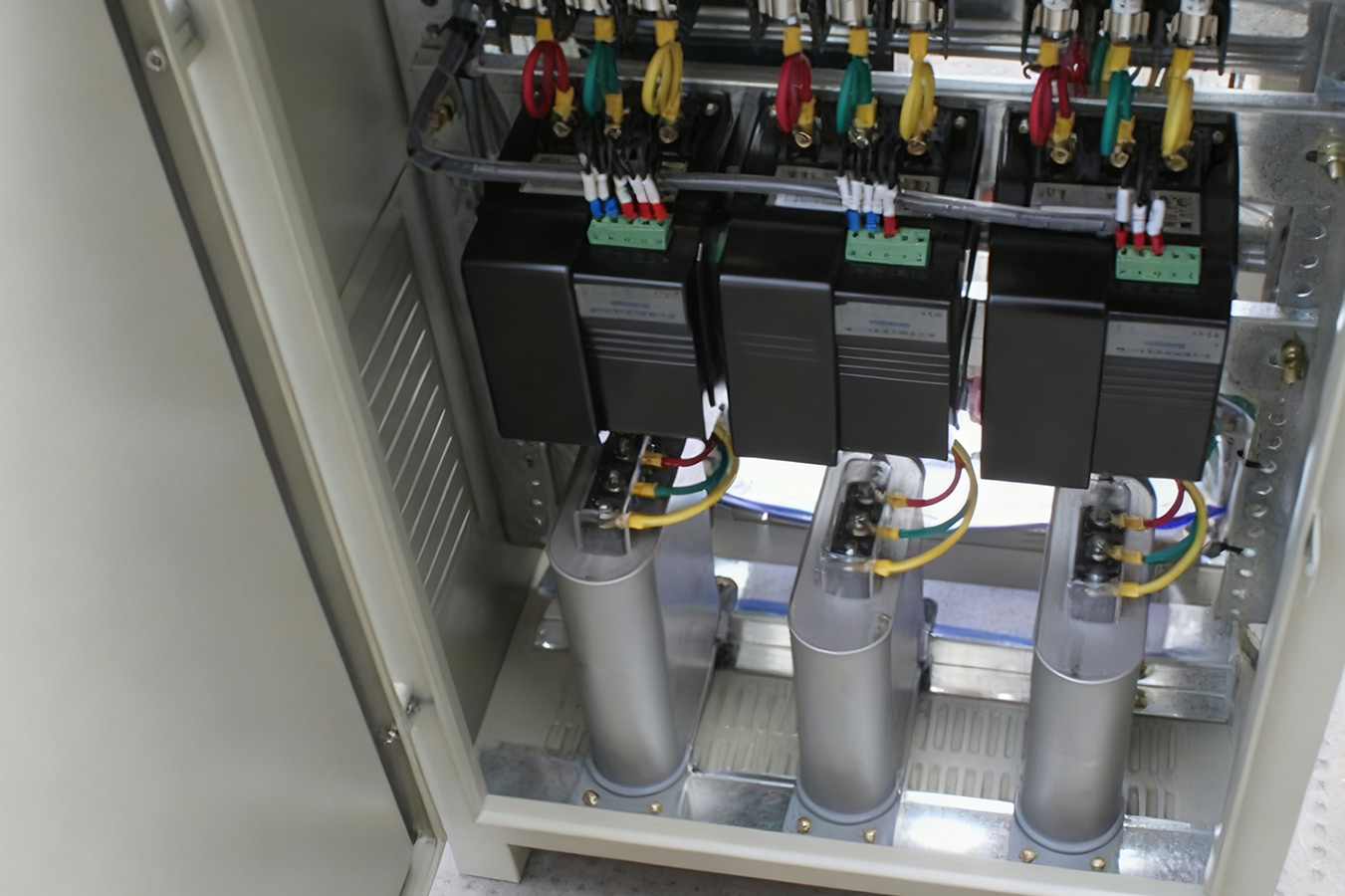How do Low-Voltage Self-Healing Shunt Capacitors Promote Safety Upgrades in the Photovoltaic Industry?
Introduction
Low-voltage self-healing shunt capacitors, as innovative products in the field of reactive power compensation, are widely used in the photovoltaic power generation industry. These capacitors utilize metallized thin-film technology, which automatically restores their insulation properties in the event of a breakdown, effectively addressing the safety risks associated with traditional capacitors. As the scale of photovoltaic power plants continues to expand, higher standards for the safety and reliability of reactive power compensation equipment are required. Low-voltage self-healing shunt capacitors, with their unique technical advantages, have become the industry's preferred choice. Their maintenance-free design and remote monitoring capabilities are particularly well-suited to the O&M needs of distributed photovoltaic power plants, providing a crucial guarantee for the healthy development of the industry.
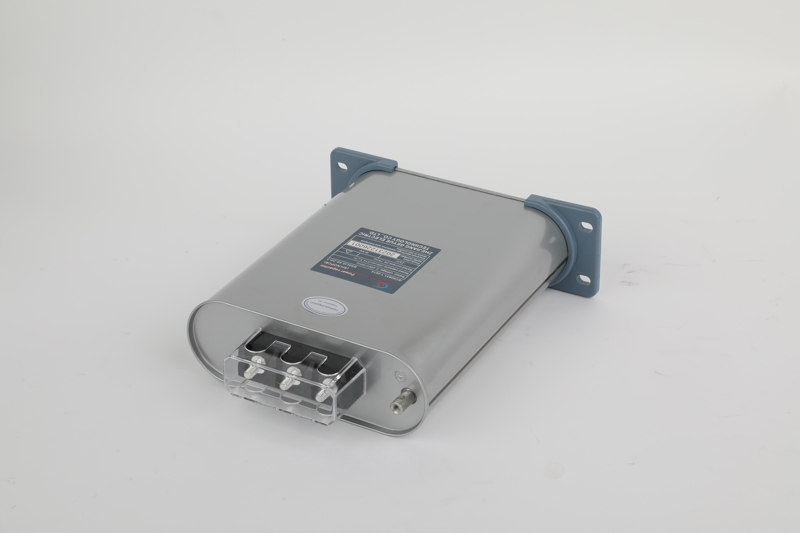
Photovoltaic Industry Application Requirements
Photovoltaic power generation systems place three core requirements on reactive power compensation equipment: safety and explosion-proof performance, maintenance-free operation, and remote monitoring capabilities. Traditional oil-immersed capacitors are subject to the risk of insulating oil leakage in high-temperature operating environments and require frequent maintenance. However, the solid-state structure and self-healing properties of low-voltage self-healing shunt capacitors completely eliminate the possibility of explosion accidents. This type of capacitor uses no liquid dielectric, completely eliminating leakage issues and making it particularly suitable for installation in high-temperature areas around photovoltaic inverters. PV power plants are often located in remote areas, and the maintenance-free nature of low-voltage self-healing shunt capacitors significantly reduces O&M complexity and costs.
Technical Advantages
The low-voltage self-healing shunt capacitor utilizes metallized film technology with thickened edges, significantly improving capacitance stability to within ±1%. Its withstand voltage reaches twice the rated voltage for two seconds, making it resilient to voltage fluctuations common in photovoltaic systems. A built-in overpressure disconnect automatically disconnects the electrical connection upon detecting an abnormality, ensuring safe operation of the entire system. The dry-type design eliminates the need for the addition of insulating oil throughout the product's lifecycle, completely eliminating regular maintenance. This design also makes the product adaptable to harsh environmental conditions, ensuring long-term stable operation.
Intelligent Monitoring
This new generation of low-voltage self-healing capacitors integrates an advanced intelligent monitoring module that collects key data such as operating temperature, capacitance changes, and harmonic content in real time. This monitoring data is uploaded to a cloud platform using fourth-generation mobile communications and narrowband IoT technologies, enabling unmanned remote monitoring of the photovoltaic power plant. We have developed a specialized predictive maintenance algorithm that can provide 1,000-hour advance warning of capacitor lifespan degradation, with an accuracy rate of 92%. These intelligent features significantly reduce photovoltaic power plant operation and maintenance costs and improve system reliability. Power plant managers can check equipment status anytime, anywhere via mobile devices and make timely decisions.
Solutions We Provide
As a specialized manufacturer of low-voltage self-healing capacitors, we have developed a dedicated product line tailored to the specific characteristics of the photovoltaic industry. All products have passed the 1,500-volt DC component withstand test, effectively addressing the DC component issues often encountered in photovoltaic systems. The casing material utilizes a special UV-resistant formula, ensuring long-term outdoor operation under intense sunlight. We offer a 25-year service life guarantee, perfectly matching the lifecycle of photovoltaic modules. The standardized guide rail mounting system allows for flexible expansion of compensation capacity based on actual needs, preserving capacity for future expansion of the power plant.
Industry Standard Developments
The 2024 revised Technical Specifications for Reactive Power Compensation Equipment for Photovoltaic Power Plants explicitly mandate the use of explosion-proof capacitors in new power plants. The new standard also stipulates that capacitors must be equipped with an intelligent monitoring interface supporting remote data transmission. The specification requires capacitors to maintain stable operation within an ambient temperature range of -40°C to +85°C, which fully aligns with the performance of our products. The implementation of the new standard will drive the entire industry towards safer, smarter development and promote technological advancement.
Economic Benefit Analysis
Although the initial investment for low-voltage self-healing capacitors is 15% higher than traditional products, the overall lifecycle cost can be reduced by 40%. This cost reduction is primarily reflected in three key areas: an 80% reduction in maintenance costs, a 90% reduction in power generation losses due to failures, and a 60% reduction in scrapping and disposal costs. For a 1-megawatt photovoltaic power plant, the use of low-voltage self-healing capacitors can increase annual revenue by 36,000 yuan. These economic benefits make low-voltage self-healing capacitors an ideal choice for photovoltaic power plants.
Installation and Application Guide
It is recommended that low-voltage self-healing capacitors be installed on the inverter output side, with a separate compensation unit for each inverter. A minimum spacing of 50 mm should be maintained during installation to ensure adequate heat dissipation. All terminals are corrosion-resistant and withstand long-term operation in humid environments. We offer customized solutions, precisely configured to the power plant's actual capacity and specific grid requirements. During installation, special attention must be paid to ensuring secure wiring and adequate ventilation to ensure optimal equipment operation.
Technical Service Support
We provide comprehensive technical support for photovoltaic power generation projects, including technical consultation during the initial design phase, on-site guidance during installation and commissioning, and technical support during ongoing operations and maintenance. Our company has established a data center to monitor the operating status of all operational capacitors in real time. We provide customers with detailed monthly equipment health reports, including performance analysis and recommended improvement measures. We guarantee a response within two hours of receiving customer inquiries and a solution within 24 hours.
- How Has the CJ19 AC Contactor Become a Reliable Choice for Capacitor Switching?
- Can Cylinder Self-healing Shunt Capacitor Become the Ideal Choice for the Smart Grid Era?
- Apart from Saving Electricity Costs, What Value does Low-Voltage Reactive Power Compensation Bring to Enterprises?
- How does the Temperature Dependence of a Capacitor's Capacitance Value affect the Tuning Point of a Detuned Filter Circuit?
- Is There a Non-Invasive Way to Monitor the Internal Health of Power Capacitors, Such as Their Equivalent Series Resistance (ESR)?
- What Is the Concept of "Reactive Power Banking" or "Reactive Power Dispatch" in a Smart Grid Context?

